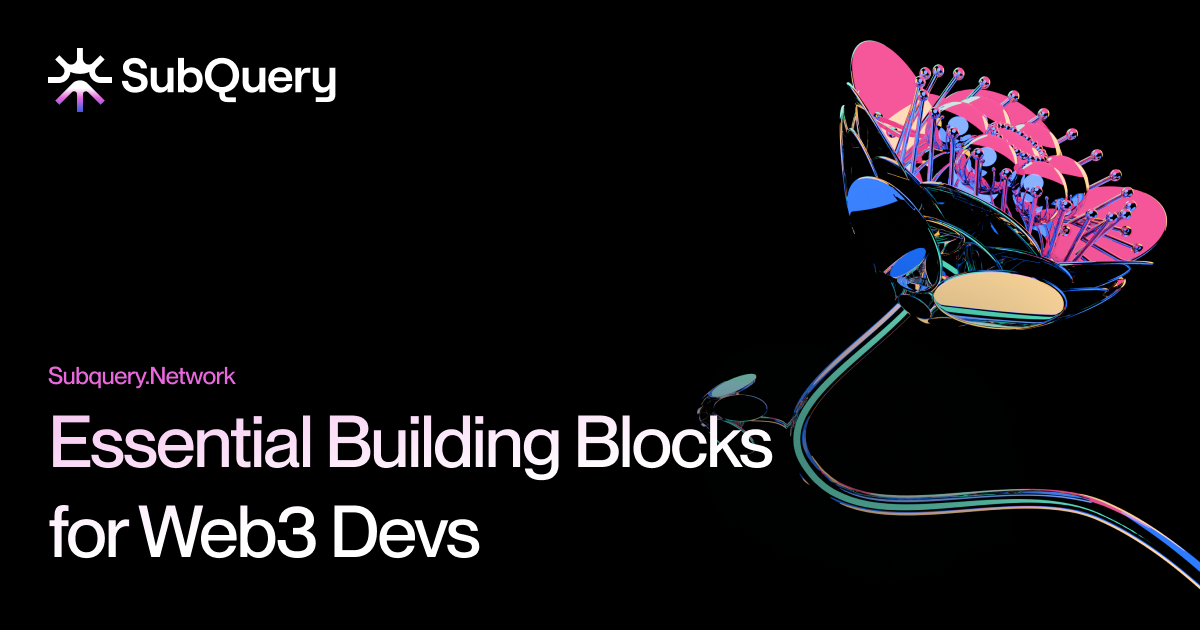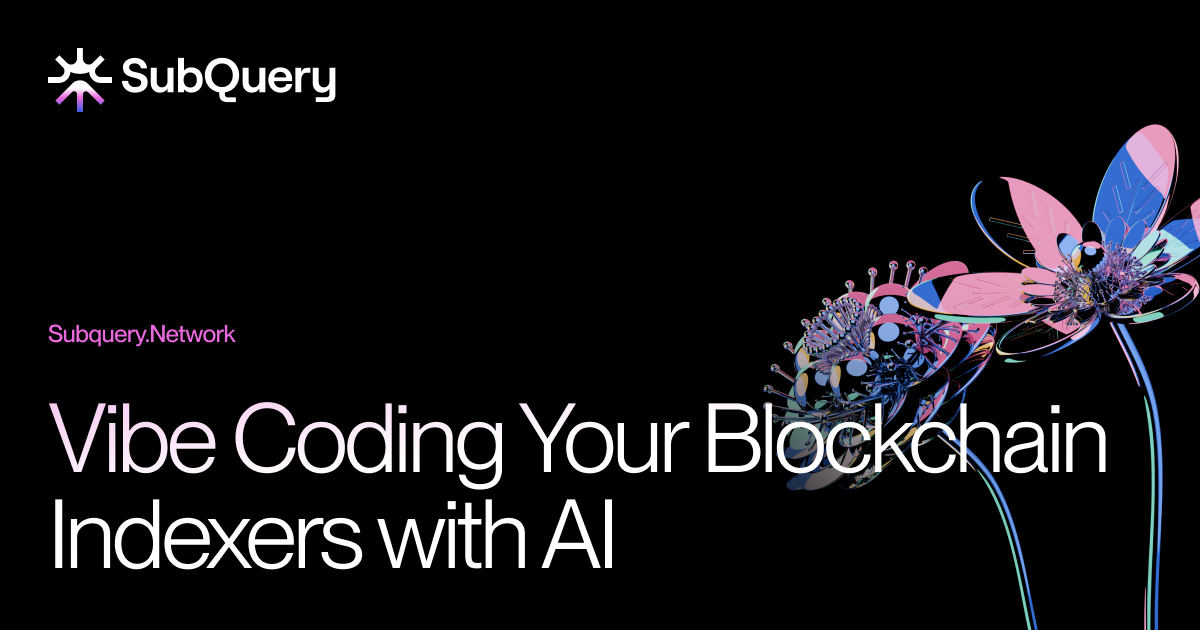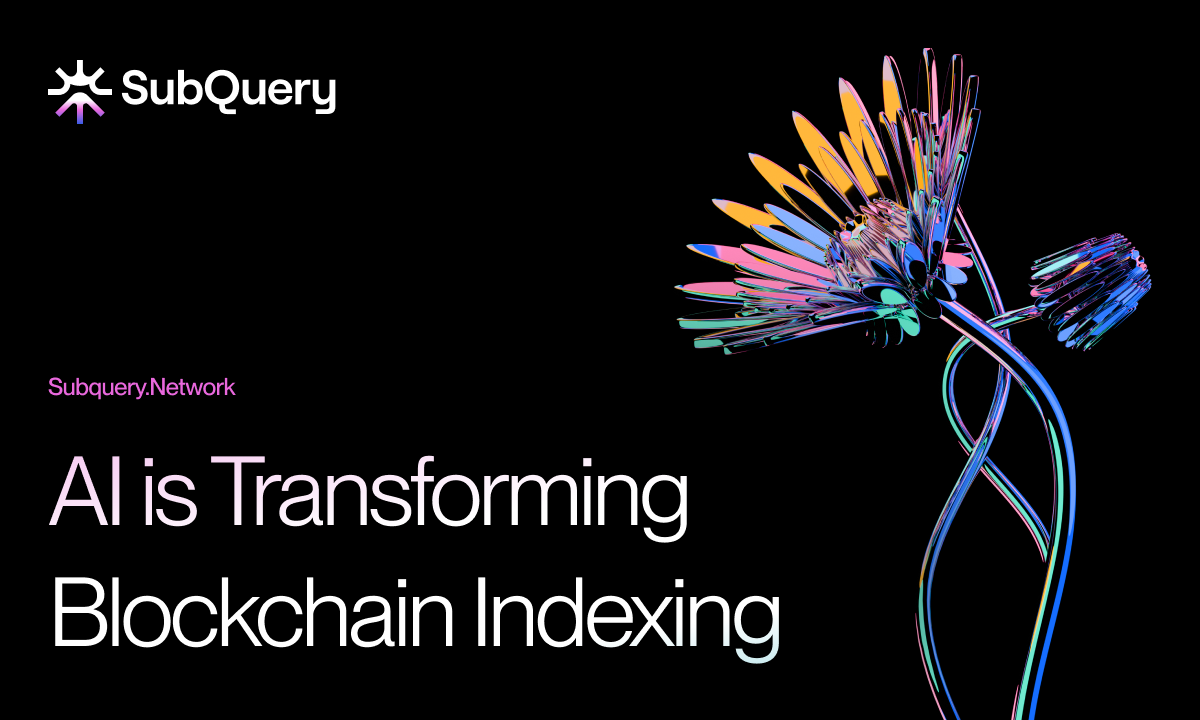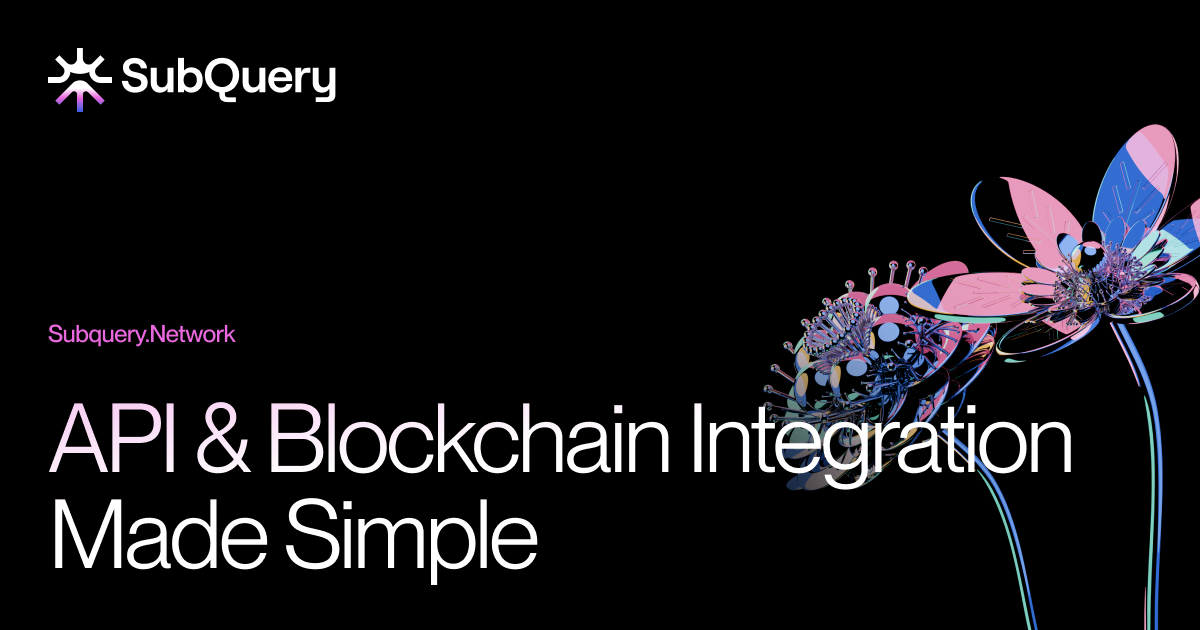Understanding Blockchain Infrastructure: From Nodes to Networks

Table of Contents
Introduction
Behind every NFT, smart contract, or DeFi platform lies one crucial element: blockchain infrastructure. While the hype often centers on price movements and flashy apps, the reality is that none of it would exist without a robust foundation of decentralised infrastructure - the nodes, protocols, APIs, and consensus mechanisms that keep the crypto ecosystem running.
If you're a curious enthusiast or a seasoned blockchain developer, this article unpacks everything you need to know about blockchain infrastructure, from its core components to its future potential.
What Is Blockchain Infrastructure?
At its core, blockchain infrastructure refers to the underlying systems and technologies that enable a blockchain network to function. This includes the nodes, peer-to-peer network, consensus algorithms, APIs, and data storage mechanisms that together form the bedrock of any decentralised ledger system—and are foundational to the broader crypto ecosystem.
In traditional computing, infrastructure includes servers, databases, and network protocols. In blockchain, the infrastructure is decentralised, designed to eliminate single points of failure and give users trustless access to data and value exchange. Understanding these systems is essential for any blockchain developer building secure, scalable applications.
As of 2025, the Ethereum blockchain processes over 1 million transactions per day, while Bitcoin averages around 350,000 daily transactions, all powered by decentralised infrastructure with thousands of active nodes around the world
Core Components of Blockchain Infrastructure
Understanding the moving parts of blockchain infrastructure helps clarify how decentralised systems operate. Let’s break it down:
1. Nodes
Nodes are the computers that run the blockchain software and maintain a copy of the ledger. They validate, store, and propagate transactions across the network. Some popular types include:
- Full Nodes: Store the entire history of the blockchain and validate transactions independently.
- Light Nodes: Rely on full nodes for data and verification but use less storage and bandwidth.
- Validator Nodes: Used in Proof of Stake (PoS) systems to propose and validate new blocks.
2. Consensus Mechanisms
This is how a blockchain reaches agreement on the validity of transactions. Common types include:
- Proof of Work (PoW) — e.g. Bitcoin
- Proof of Stake (PoS) — e.g. Ethereum 2.0
- Delegated PoS, Byzantine Fault Tolerance, and others
3. Peer-to-Peer Networking
Blockchain is built on distributed P2P networks where each node can communicate with others directly without a central server.
4. APIs and Middleware
For a blockchain developer, APIs like the Bitcoin API or GraphQL interfaces allow seamless integration of blockchain data into apps.
5. Storage and Indexing Tools
Blockchains generate massive amounts of data. Indexing solutions like SubQuery or The Graph make it easier to query blockchain data efficiently and build performant apps.
Why Blockchain Infrastructure Matters in the Crypto Ecosystem
Without infrastructure, there is no network, and without a network, there are no transactions, apps, or smart contracts.
Here’s why blockchain infrastructure is critical:
- Security: A decentralised infrastructure mitigates single points of failure and resists censorship.
- Scalability: Layer-2 solutions and modular architecture improve performance and throughput.
- Interoperability: Middleware and bridges allow different blockchains to communicate.
- Developer Productivity: Infrastructure solutions save time by abstracting complexity, enabling faster blockchain development.
How Blockchain Developers Build on Infrastructure
Just like app developers build on cloud services, blockchain developers rely on infrastructure layers to build decentralised applications (dApps), tokens, and protocols.
Here’s how developers leverage blockchain infrastructure:
- Running Nodes: To interact directly with the blockchain network
- Using APIs: To fetch blockchain data for dashboards, wallets, or analytics
- Deploying Smart Contracts: Using platforms like Ethereum or Polkadot
- Using Indexers: Tools like SubQuery, which allow querying historical blockchain data quickly and cheaply
- Connecting Wallets and Frontends: Via Web3.js, ethers.js, and RPC nodes
The quality and decentralisation of the infrastructure stack directly impacts the performance, cost, and security of the apps developers build.
Real-World Use Cases for Blockchain Infrastructure
Here are some concrete use cases of blockchain infrastructure across the crypto ecosystem:
The Future of Blockchain Infrastructure
The evolution of blockchain infrastructure is moving toward modular architectures, breaking down networks into execution, consensus, and data availability layers. This allows:
- Greater scalability
- Lower costs for developers
- Interoperability between blockchains and apps
- Easier onboarding for Web2 companies and users
Meanwhile, infrastructure is also becoming increasingly decentralised, as protocols seek to eliminate centralised hosting services and build true peer-to-peer backends.
Emerging trends to watch:
- Decentralised Indexers & APIs
- AI + Blockchain Infrastructure (e.g., natural language queries to access indexed data)
- Zero-Knowledge (ZK) Infrastructure
- DePIN (Decentralised Physical Infrastructure Networks)
Common Questions About Blockchain Infrastructure
What is the purpose of blockchain infrastructure?
It enables the decentralised operation of blockchain networks — from validating transactions and reaching consensus, to storing data and powering dApps.
Do I need to run a node to build on blockchain?
Not necessarily. Many developers use node providers or indexing services to access blockchain data without running a full node.
What role does blockchain infrastructure play in Web3 apps?
It’s the invisible engine powering every interaction. From signing a transaction to reading NFT metadata, blockchain apps rely on infrastructure for speed, data, and security.
Final Thoughts
Understanding blockchain infrastructure is essential for anyone navigating the crypto world, whether you’re an investor, entrepreneur, or blockchain developer. While it may not be as flashy as memecoins or NFTs, it's the silent force that ensures the reliability, transparency, and scalability of the entire crypto ecosystem.
As the industry matures, expect infrastructure to become more modular, more decentralised, and more accessible. And when that happens, the next wave of Web3 adoption won’t just be about tokens or apps — it’ll be about the networks that power them.
Ready to build on blockchain? Start experimenting, join developer communities, and stay updated with platforms like SubQuery that simplify blockchain data access across multiple chains.
About SubQuery
SubQuery Network is innovating web3 infrastructure with tools that empower builders to decentralise without compromise. SubQuery’s infrastructure network offers both data indexers and RPCs — fully decentralised, production-ready, and designed for scale.
Our fast, flexible, and open data indexer supercharges thousands of dApps on nearly 300 networks. Through innovations like AI-assisted development via the SubQuery SDK and Model Context Protocol (MCP) integration, SubQuery is making it easier than ever to build, deploy, and maintain blockchain indexers. We’re not just a company — we’re a movement driving an inclusive and decentralised web3 era, together.
Linktree | Website | Discord | Telegram | Twitter | Blog | Medium | LinkedIn | YouTube
You might also like

Vibe Coding Meets AI: The Future of Blockchain Indexer Creation

Indexers at a Crossroads: How AI is Transforming the Future of Web3






